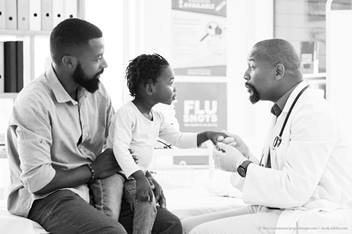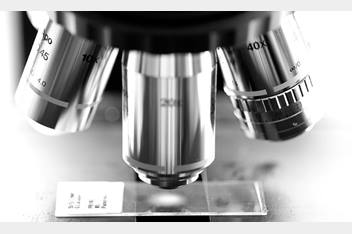Genome Sequencing

Your child’s doctor has recommended a genetic test called genome sequencing (GS). This test looks for changes in DNA that could cause or contribute to a medical condition.
About Your Genetics
Our bodies are made up of billions of building blocks called cells. Each cell contains DNA. Small parts of DNA are called genes. Genes tell our body how to grow, develop, and function. There are about 20,000 genes in human DNA. Our complete set of genes or genetic material is called our genome.
Changes in our DNA can have an impact on our health. Everyone is born with their
own DNA changes. Some DNA changes cause or contribute to diseases, but most do
not. Knowing more about your child’s DNA changes will help their doctor take better
care of them.
How the Test Is Done
A GS test looks for DNA changes in a blood or spit (saliva) sample. Blood is the best sample for GS. If a spit (saliva) sample is used, testing may take longer to complete. Results of GS are best understood when the lab has samples from your child and both biological parents. This helps the lab know which DNA changes came from the parents and which are new to your child. DNA changes that might explain your child’s medical condition are reported.
You can expect to get test results within 10 weeks.
Test Results
There are different findings you can get from your child’s test results:
- Primary findings refer to the changes found in DNA related to your child’s medical condition. There are 3 types of primary findings:
- Positive: DNA change(s) that cause or contribute to your child’s medical condition. Positive results may tell the genetic team more about:
- Your child’s diagnosis
- Some or all of the causes of your child’s symptoms
- What to expect and possible treatments
- Negative: No DNA changes that cause disease were found. However, there could still be a genetic cause for your child’s medical condition that was not found by
this test. - Uncertain: Genetic changes that may or may not contribute to your child’s medical condition.
- Secondary findings refer to changes found in your child’s DNA that are NOT related to the current medical condition. You can choose if you want this information included in the GS report. These changes could be important to know as they could cause or contribute to other serious medical conditions now or in the future.
After the Test
Your child’s doctor and/or genetic counselor will talk to you about the test results. It is possible that more testing may be recommended. If you have questions, please ask.
HH-III-164 ©2022, Nationwide Children’s Hospital


